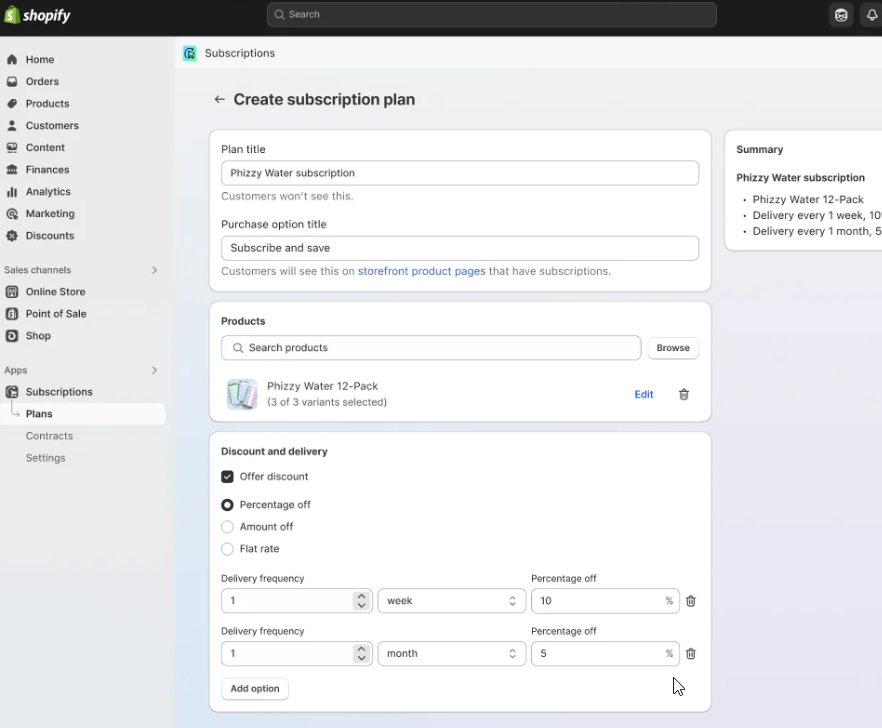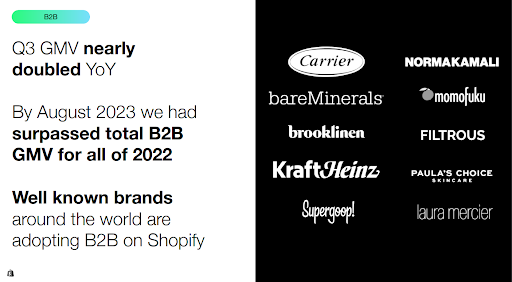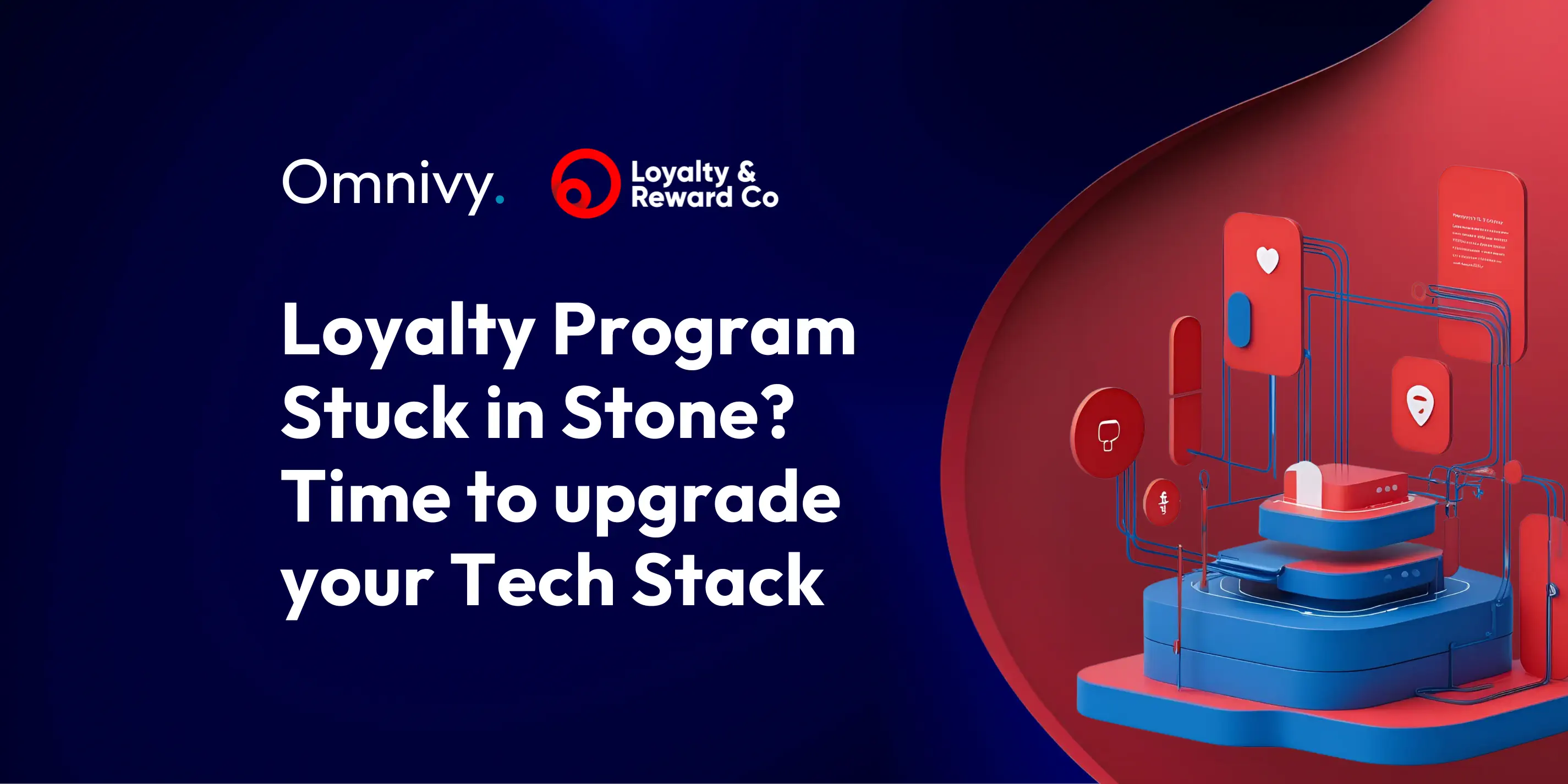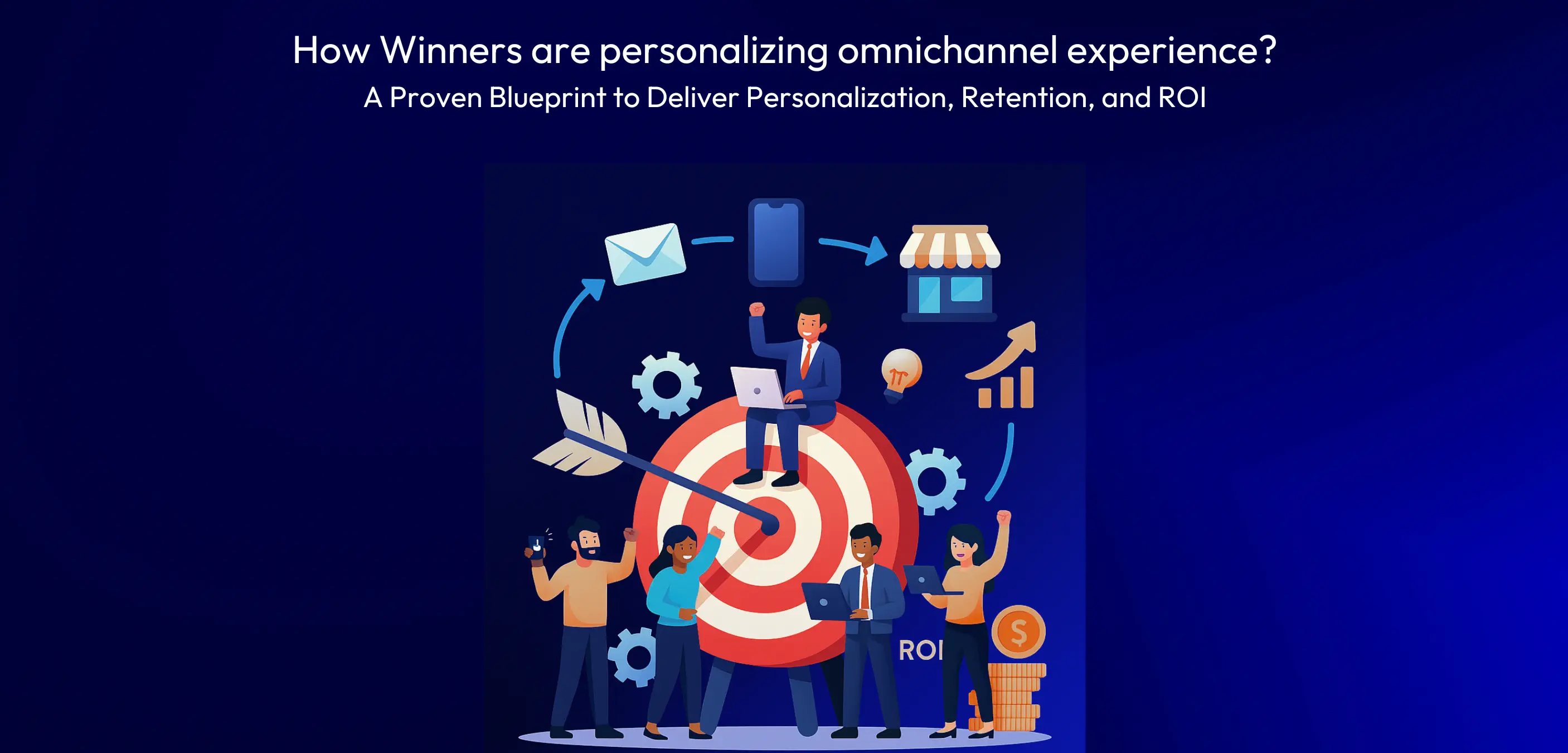Shopify recently concluded its bi-annual conference, Shopify Editions (Winter 2024), where they unveiled updates and new features for their e-commerce platform.
What makes this event particularly noteworthy?
Well, Shopify is experiencing rapid growth, currently commanding 10% of the U.S. e-commerce market share and approximately 6% of Western Europe’s.
They boast of acquiring a substantial number of new customers, outpacing their competitors in the Midmarket, Large, and Enterprise sectors.

However, this expansion is not without its challenges. Shopify's evolution from a relatively closed solution catering to micro-entrepreneurs and SMBs to a more open, extensible, and customizable platform for medium, large, and enterprise solutions has created a somewhat tumultuous environment.
This transformation is occurring at an impressive pace, causing some disruption, particularly within the developer and partner communities. One of our partners put it simply: we’d need a dedicated dev team to keep up with all the changes and compatibility issues in Shopify.
So, here are some completely subjective selected key announcements:
1. Subscriptions - coming out of the preview stage

After a 6-month developer preview, Shopify has officially launched its support for creating subscription-based products and services through a dedicated “Subscriptions App”.
Key features include:
- Creating and managing subscription plans with various frequencies and discounts for single or multiple products or services
- Embeddable subscription widget in the storefront
- Out-of-the-box support for notifications and end-customer communication
- Basic analytics tracking active, paused, and canceled subscriptions
For those who were testing the early version, remember to upgrade to the official new version of the app by the end of February, as the early version will no longer be available.
2. Checkout extensibility changes
For years, Shopify actively restricted code-level customizations and extensions on their stores' checkout pages, citing security, performance, and compatibility reasons. However, this stance has evolved, and now they provide a toolkit for checkout page extensions and customizations exclusively to their premium customers under Shopify Plus.
Some noteworthy recent changes include:
- Introduction of a new Branding API that enables programmatic access to and modification of the color palette and other styling elements of the checkout page.
- Implementation of a Customer Privacy API, facilitating the collection and modification of consent data directly at the checkout page.
- Inclusion of a range of new, pre-built UI components, offering the ability to enhance checkout pages with features such as Google Maps, payment icons, and product thumbnails.
3. AI Features
It is 2024 so no tech conference can go by without announcing yet another version of Chat GPT- style AI Assistant. Shopify in fact does not have one, but two of them:

Sidekick is the newer kid in the block (currently in early access), positioned as a merchant's best friend in running their Shopify operation. Its focus lies in accelerating store configuration, setup, and providing swift answers to queries from Shopify's extensive documentation and help center. While the concept seems reasonable, the true test lies in its adoption rate and long-term relevance.
On the other hand, enters Shopify Magic, a captivating addition with a spotlight on key features like product description enhancement, FAQ generation, optimization of communication send times, and the recent inclusion of built-in automated image editor.
This holds significant promise, especially for those familiar with the challenges of generating marketing-friendly copy at scale, particularly in industries with rapidly changing product assortments (e.g. fashion retail). The tool's potential shines through, especially when considering tasks like A/B testing copy or enhancing SEO-friendliness of product pages. It's certainly a contender worth keeping an eye on amid the myriad AI tools saturating the market.
As a side note, for businesses with extensive product catalogs, Shopify has raised its limit from 100 product variants to 2,000 - a move that aligns with the needs of enterprises dealing with a diverse array of products (currently in developer preview).
4. B2B Expansion
As part of Shopify's strategic shift from its B2C, micro-entrepreneur-focused roots toward broader markets, a key initiative is the incorporation of new features to make the platform more B2B-focused and friendly.

The recent Editions conference brought several notable announcements in line with this strategy, including:
Introducing a revamped permissions structure that enables sales representatives to place orders and access client details when they are assigned to them.
Shopify unveiled a feature allowing users to create or import intricate discounting logic from external systems.
- Native support for digital products in B2B / wholesale checkout processes
Recognizing the evolving landscape, Shopify now provides native support for digital products (e.g. downloadable files, digital art, e-books, NFTs) in B2B and wholesale checkout processes.
5. Notable previews: Customer Accounts Extensibility & Discounts Allocator
Lastly - some interesting features announced for developer previews to potentially enter general availability in the summer of 2024:
In a move towards enhanced customization, Shopify now allows developers to add custom elements to customer account pages. This includes the ability to modify out-of-the-box pages such as order index, status, and profile pages. Moreover, developers can introduce entirely new pages to the customer profile, opening up possibilities for additions like wish lists or rankings.
A notable addition is the introduction of the Discounts Allocator to Shopify Functions API. It enables developers to handle complex use cases related to discounts allocation. Specifically, it allows for the distribution of discounts applied to the entire cart across individual line items. This feature provides a more granular and flexible approach to managing discounts, catering to diverse scenarios within the e-commerce ecosystem.
Sources:
- Shopify’s Q4 Investor Day Presentation
- Shopify Editions Winter 2024 Summary Page
- Shopify Help pages linked within the post




